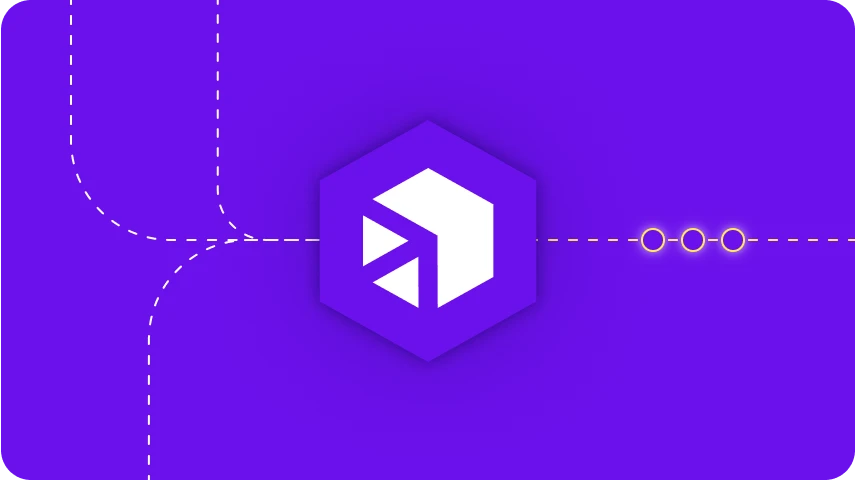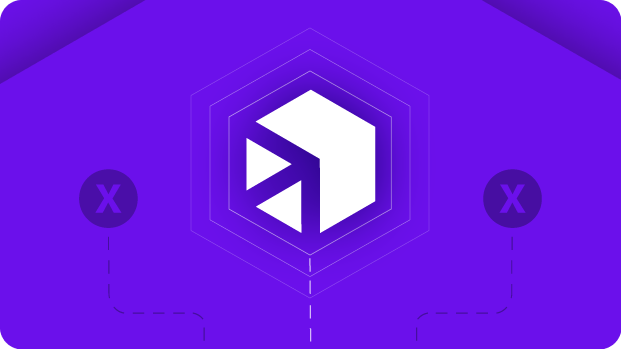October 17, 2022
Empresas ao redor do mundo construíram seus negócios com a tecnologia SAP, um investimento que se estendeu por muitos anos. Para aquelas que iniciaram sua jornada com o ERP SAP R/3 em 1992, essa relação já dura décadas.

Embora muitos desafios tenham surgido ao longo do caminho — incluindo os custos de implementação, manutenção, dívida técnica crescente e outros fatores —, esses obstáculos geralmente são superados pelas vantagens de uma infraestrutura empresarial sólida que provou seu valor ao longo dos anos.
Mas os tempos estão mudando. Hoje, as organizações estão migrando grande parte de seus negócios para a nuvem— e sem perder tempo. Em 2017, impressionantes 20% das empresas ainda não usavam a nuvem. Avançando para 2022, 100% delas já adotaram pelo menos uma solução em nuvem, com a utilização distribuída entre nuvem pública (96%), privada (84%) e uma combinação de ambas (80%).
Para muitos clientes SAP, o iminente fim do suporte ao SAP ECC será o catalisador, motivando-os a dar o que pode ser seu primeiro passo decisivo rumo a um mundo verdadeiramente digital e baseado na nuvem.
>> Agende uma demonstração personalizada com nossa equipe de especialistas e veja como o iPaaS da Digibee trará eficiência ao seu negócio.
A ascensão da nuvem
Antes do modelo mainstream de computação em nuvem, a infraestrutura local (on-premises) era a única opção disponível. Nos anos 90, quando as primeiras ideias sobre a nuvem começaram a ganhar tração, muitos empresários eram céticos quanto à ideia de colocar qualquer coisa em um ambiente virtual. Naquela época, ainda estavam assimilando o conceito da web e começando a entender a ideia de software como serviço (SaaS).
Conforme o mundo começou a perceber o potencial da nuvem, grandes corporações como Google, Microsoft e Amazon rapidamente aderiram à ideia. A Amazon Web Services (AWS) lançou sua infraestrutura como serviço em 2006. Em 2008, o Google Cloud chegou, e em 2010 a Microsoft lançou o Azure.
Em 2014, a Agência Central de Inteligência (CIA) dos Estados Unidos investiu US$ 600 milhões para desenvolver uma nuvem computacional pela AWS, destinada a atender todas as 17 agências da comunidade de inteligência americana. O modelo permitiu que cada agência acessasse serviços computacionais e analíticos sob demanda, pagando apenas pelo que usavam. Para muitos, esse endosso público à nuvem reforçou sua posição como uma alternativa segura e amplamente aceita à infraestrutura local.
Atualmente, as empresas dependem da nuvem para apoiar stacks tecnológicos compostáveis, que permitem ciclos mais rápidos de inovação e crescimento. Com maior resiliência, os negócios conseguem se adaptar rapidamente às mudanças do mercado e do consumidor, mantendo sua competitividade e lucratividade. Como o ambiente é hospedado pelo fornecedor, a empresa reduz seus investimentos em infraestrutura e pode adotar um modelo financeiro mais flexível, migrando de CapEx para OpEx, eliminando ou reduzindo significativamente custos iniciais.
$ 1.8 trilhão: Gastos empresariais com TI que migrarão para a nuvem até 2025
A evolução da infraestrutura local para a nuvem continua a ganhar força. Segundo a Gartner , mais da metade dos gastos de TI empresarial em segmentos-chave do mercado migrará para a nuvem até 2025. Isso representa mais de US$ 1.3 trilhão em gastos com TI empresarial em 2022, crescendo para quase US$ 1.8 trilhão em 2025.
Evoluindo a empresa
Com tantos benefícios, não é surpresa que muitas empresas estejam priorizando iniciativas de nuvem, incluindo a necessária atualização de sistemas legados. Para organizações que dependem de um sistema ERP da SAP, a migração para o SAP S/4HANA na nuvem é a oportunidade ideal para evoluir.
Isso, no entanto, não significa uma transição total para a nuvem em um único passo. Dado o caráter complexo e interconectado da maioria dos ambientes locais (on-premises), uma abordagem mais estratégica e planejada é essencial.
Integrando o antigo com o novo
Embora sua primeira incursão significativa na nuvem possa começar com a migração para o S/4HANA, muitos outros sistemas permanecerão locais por um futuro previsível. O sucesso da sua migração para o S/4HANA dependerá de quão bem você conecta esses sistemas legados ao seu novo ERP.
Isso é especialmente crítico, considerando a complexidade do seu sistema ERP e sua interconectividade com sistemas centrais de negócios, como relacionamento com o cliente (CRM), marketing e vendas. Atuando como um banco de dados centralizado, seu ERP fornece informações para colaboradores em toda a organização, apoiando diversas funções.
Essa infraestrutura essencial para o negócio deve ser gerida com cuidado, por meio de uma estratégia eficaz de integração SAP, capaz de prevenir interrupções e períodos de inatividade.
iPaaS para integrações de ERP
A tecnologia de enterprise integration platform as a service (iPaaS) da Digibee oferece um modelo de integração escalável e econômico que conecta, de forma fluida, as lacunas entre as plataformas empresariais existentes e o sistema ERP SAP S/4HANA.
Com base em nossa experiência com organizações líderes, o tempo de implementação do o iPaaS da Digibee é até 70% mais rápido — e com menor custo — do que a média do mercado.
A Bauducco, maior fabricante de produtos forneados do Brasil, migrou de seu sistema ERP legado para o SAP S/4HANA, integrando 14 sistemas à nova plataforma e eliminando a necessidade de trabalhos de personalização caros. Saiba mais →
Acelere sua migração para o SAP S/4HANA
Embora o prazo de suporte para o SAP ECC tenha sido estendido até 2027, muitas empresas optaram por acelerar seus cronogramas. Em vez de enxergar a migração como uma atualização padrão ditada pelo roadmap da SAP, elas visam objetivos mais ambiciosos.
Para essas organizações, o SAP S/4HANA é um portal para o futuro, um próximo (ou primeiro) passo evolutivo rumo a um modelo de negócios verdadeiramente digital e baseado na nuvem.
A tecnologia de iPaaS corporativo low-code da Digibee apoia essa evolução, com integrações SAP mais rápidas, redução de custos operacionais, tempos de recuperação mais ágeis e zero tempo de inatividade. Com uma estratégia de integração simplificada, nossos clientes liberam recursos para focar em atividades de maior valor na migração para o S/4HANA. É uma situação em que todos saem ganhando.

A SAP Store apresenta soluções da SAP e de parceiros para ajudar a impulsionar sua empresa inteligente, e a Digibee tem o orgulho de ser um fornecedor em destaque.
Leia o nosso whitepaper e descubra como uma estratégia de integração SAP pode acelerar sua migração e reduzir contratempos. Para mais informações, visite nossa página especial sobre SAP.








